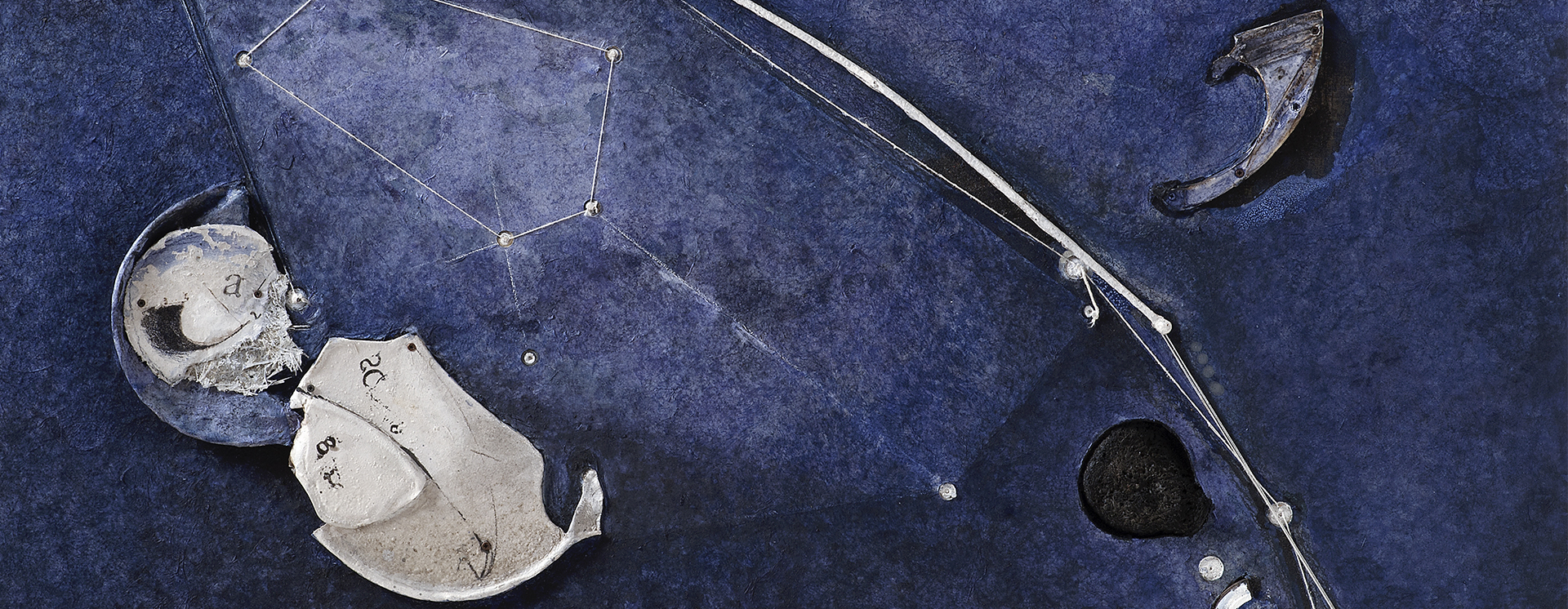Gabriella Benedini. Athanor
WHERE
Gallerie d'Italia - Milano, Sala delle Colonne
WHEN
From 15 September to 6 November 2022
From Tuesday to Sunday from 9:30 to 19:30, Thursday until 22.30
Monday: closed
Last admission 1 hour before closing
TICKETS
Full price €5, €3 reduced price for over-65s, under-26s; free admission for pass holders, schools, under-18s, Intesa Sanpaolo Group employees
From 15 September to 6 November 2022 the Gallerie d’Italia in Milan presents the exhibition “Gabriella Benedini. Athanor”, curated by Paolo Bolpagni.
The exhibition represents a further development of the personal artistic research of Gabriella Benedini, an influential presence on the Milanese culture scene since the 1960s.
The art of Gabriella Benedini, born in Cremona in 1932, is soaked with memories and suggestions: the themes of the journey, both physical and spiritual, the interrogation of the stars, the transmutation of matter and the elements, and the thirst for knowledge are central to her work. This is also revealed by the title of the exhibition, Athanor, which brings to mind the world of alchemy and is taken from a short story by Jorge Luis Borges, The Rose of Paracelsus, whose main character is an inscrutable 16h century German doctor/scientist.
Alongside 24 works by the artist, also on display at Gallerie d’Italia is Library, a compact, airtight, Gris de Payne-coloured body notable for its enigmatic and looming presence. Three hundred sixty “books” (in reality unknown containers), on the outside all the same, are tidily positioned on the shelves. Not just any old containers, of course, but special containers all of the same dimensions: two covers which, when opened, unleash inconceivable, surprising worlds that remain hidden from the observer. Just one, wide open, is positioned on a bookrest.
The works on display include Gabriella Benedini’s famous Harps (three of which from the Intesa Sanpaolo collection), mixed media sculptures which, as Gillo Dorfles wrote in 1992, fill the room in which they are located “with their ‘spatial sonority”, generating the sensation of “notes – arcane, imperceptible, elusive to the human ear”.
